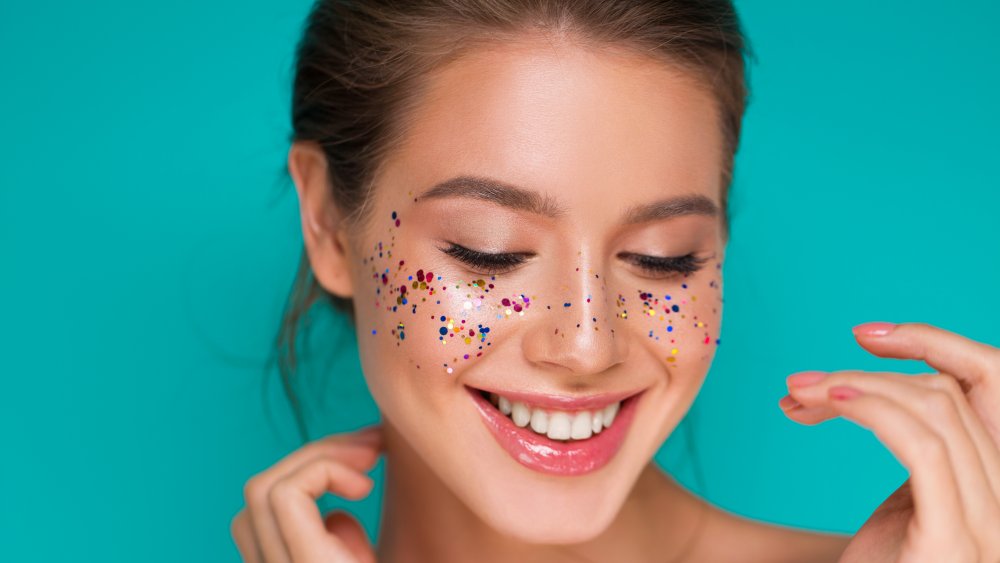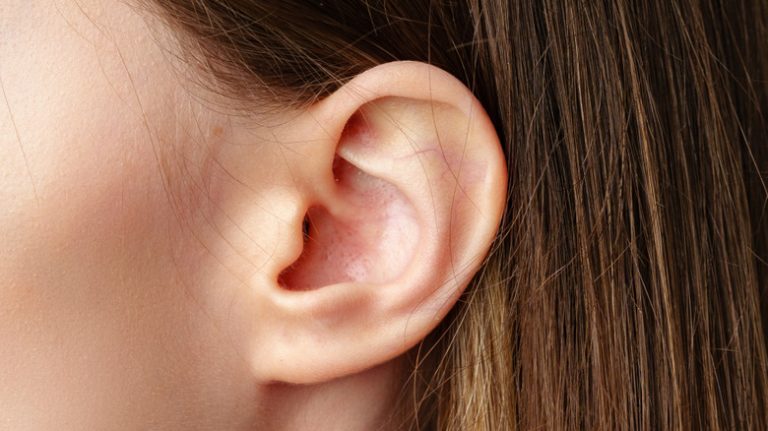
Feeling attracted to someone makes blood rush to your face, resulting in a blush. According to Psychology Today, this is an emotional reaction that leads your body to release adrenaline, causing your veins to expand. This brings blood closer to your skin’s surface, giving you a red-cheeked appearance.
Blushing also occurs when you’re embarrassed, acting as a fight or flight response, and it’s noticeable for a reason. By blushing, you’re signaling to those around you that you’re remorseful, potentially avoiding conflict. Blushing is akin to how a dog shows its belly or a rabbit crouches when threatened, indicating a preference not to fight. Humans don’t roll over; instead, they flush in the face (via Santa Clara University).
Blushing is showing your crush you’re attracted to them

While you might want to hide your face when you blush, it could be beneficial not to. Blushing when embarrassed or sorry conveys remorse. However, if you’re blushing due to attraction, it has an added advantage – it visibly shows your feelings to the person you like. Nervousness when looking at someone you’re attracted to triggers your nervous system to release adrenaline, causing your veins to dilate and bringing blood flow to your facial skin.
A study from the American Psychological Association observed people’s reactions to others blushing. Participants viewed photos of individuals blushing and not blushing, and consistently, those who were blushing were rated more favorably.
Thus, blushing when you like someone might be more advantageous than you think.




